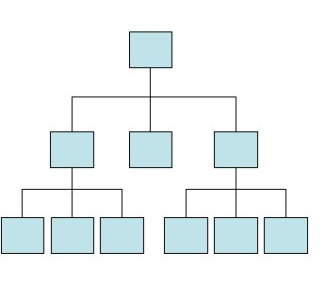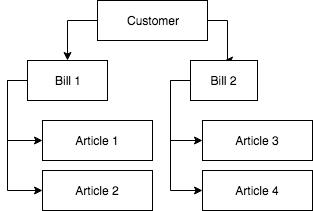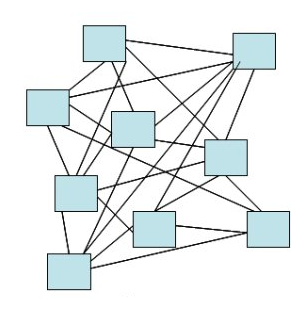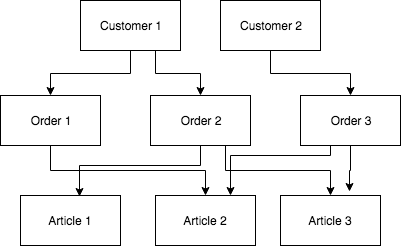Working with hierarchical data models
Hierarchical and Recursive Queries in SQL Server

Jasmin Ludolf
Content Developer
The hierarchical data model
Properties of hierarchical data models:
- Represented as a tree structure
- Has one root element
- Each child record has one parent record

Advantages:
- Simple to understand
- Fast to select
Disadvantages:
- Rigidly constructed
- Complicated to change structure
Example of hierarchical data model
Customer-bill-article relation:
One customer can have several bills and each bill can have several articles
CREATE TABLE Customer (
ID INT NOT NULL);
CREATE TABLE Bill (
BillID INT NOT NULL,
CustomerID INT);
CREATE TABLE Article (
ArticleID INT NOT NULL,
BillID INT);

The networked data model
Properties of networked data models:
- Similar to hierarchical data models
- many-to-many relation
- Many search paths exists

Advantages:
- No strict hierarchy
- Many solution paths
- Many real-world examples
Disadvantage:
- Clarity decreases for large data models
Example of networked data models
Customer-order-article relation:
Many customers can have several orders and each order can have several articles.
CREATE TABLE Customer (
ID INT NOT NULL);
CREATE TABLE Order (
OrderID INT NOT NULL,
CustomerID INT);
CREATE TABLE Article (
ArticleID INT NOT NULL,
OrderID INT);

Let's practice!
Hierarchical and Recursive Queries in SQL Server

